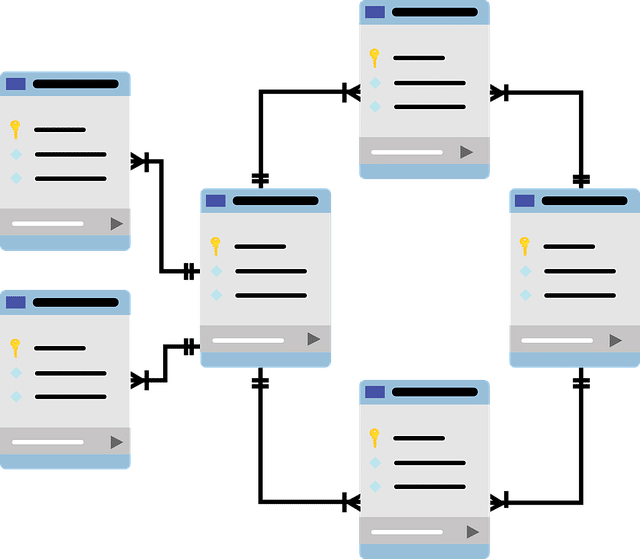If you’re here, you’re probably on the hunt for a job. And if you’re on the hunt for a job, there’s a secret you should know: according to a study by CareerArc, “Almost 40 percent of employers use an applicant tracking system (ATS) to screen candidates for job openings.” Alarmingly, “62 percent of employers who use this software admit that some qualified candidates are likely being filtered out of the vetting process by mistake.”
The name Applicant Tracking System is somewhat misleading. ATS doesn’t track your application status or where you are in the recruitment process. Instead, the purpose of these systems is to sift through resumes, separating the “strong” candidates from the “weak.” This ultimately saves companies valuable time and manpower.
It is estimated that ATS reject 70 percent or more of the resumes submitted because (1) the documents don’t reflect the desired job qualifications and/or (2) are formatted in a way that doesn’t make sense to the system. This means that your resume could be rejected solely based on the formatting and word choice, rather than the information and experience it contains.

Companies in the pharmaceutical and biotech industries are most certainly using this software, which means that you’re going to have to do more than follow the basics for crafting a professional resume. That’s why spending time to carefully format and compose your resume can increase your chances of moving past this initial screening process. So, we put together a list of tips to help you beat the system and increase your chances of getting an interview:
Keep it simple.
Although Applicant Tracking Systems are becoming more advanced every year, they still have limitations. Most systems can’t read tables or non-standard resume sections like “What I’ve Done” vs “Work Experience,” so it’s best to keep formatting and word choice simple and traditional. Microsoft Word documents are the safest file option, however, many systems will tell you what other file types are compatible.
Your font may also be working against you. Some ATS have trouble reading serif fonts like Times New Roman or Cambria—serif fonts have little marks or “feet” on the ends of the letters, sans serif fonts do not. Play it safe and use Calibri or a similar sans serif font.
Resume SEO matters.
Search engine optimization (SEO) is what writers, marketers and website designers use to move their content up in search engine rankings. SEO is important in applicant tracking systems, too. Experts recommend rewriting your resume every time you apply for a new job and incorporating keywords from the job posting’s expected duties, responsibilities and skills sections. Those keywords are what the ATS uses to assess your resume.
However, not just any keyword will do. Applicant Tracking Systems will only find what they’ve been told to look for—a list of keywords from the hiring manager. So you need to use the exact same keywords and punctuation found in the job description. For example, some systems can’t distinguish between front-end and front end, or Master of Business Administration, Masters of Business Administration and MBA.
Don’t overdo it.
If SEO matters, adding in tons of extra keywords is a good idea, right?
Wrong.
There is a fine line between resume keyword optimization and “keyword stuffing” and overdoing it will likely cause the ATS to red flag your resume and sort it into the “weak” pile. If your resume does happen to get through the ATS and in front of a human being, it probably won’t land you an interview. Overdone resumes are often poorly written and tend to sound awkward, which won’t impress the recruiter.
Play it safe and follow the general rule of thumb, which is to use a keyword two to three times.
Previous job titles should mirror the company you’re applying to.
This one may feel wrong, but stick with us for a second while we explain…
Your job title matters in an applicant tracking system (remember SEO keywords?) and small changes can make a huge difference. Professional resume writers fine-tune job titles all the time to fit the position their client is applying for.
Consider this example: Your current title is Business Advisor, but at the company you’re applying to, the comparable position is called Business Consultant. Tweaking your title to fit the new company can make a world of difference when your resume is processed by the ATS.
Keep it human.
Congratulations! You optimized your resume and you were flagged as a strong candidate by the ATS. Now your resume will be reviewed by a real person. Keep this in mind when you are writing your resume and ensure that it will impress a human reader who knows proper grammar and not just computer software.
Optimizing a resume to impress an applicant tracking system and a human requires careful planning, but the time invested is well worth it when you land that dream job. If you are concerned about how your resume will perform in an Applicant Tracking System, check out this handy tool from Jobscan.








